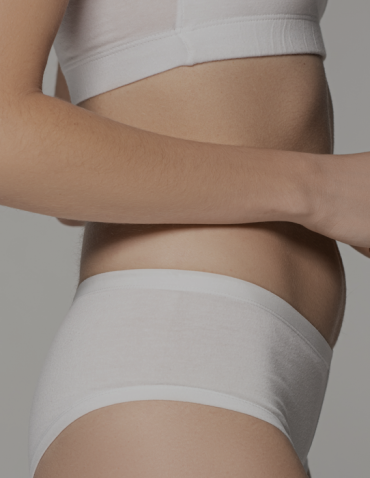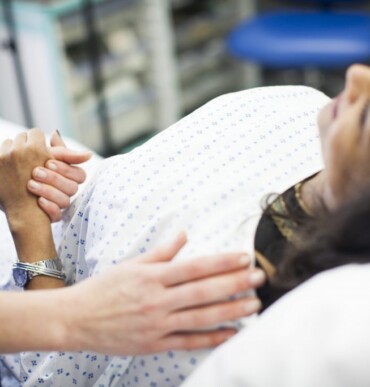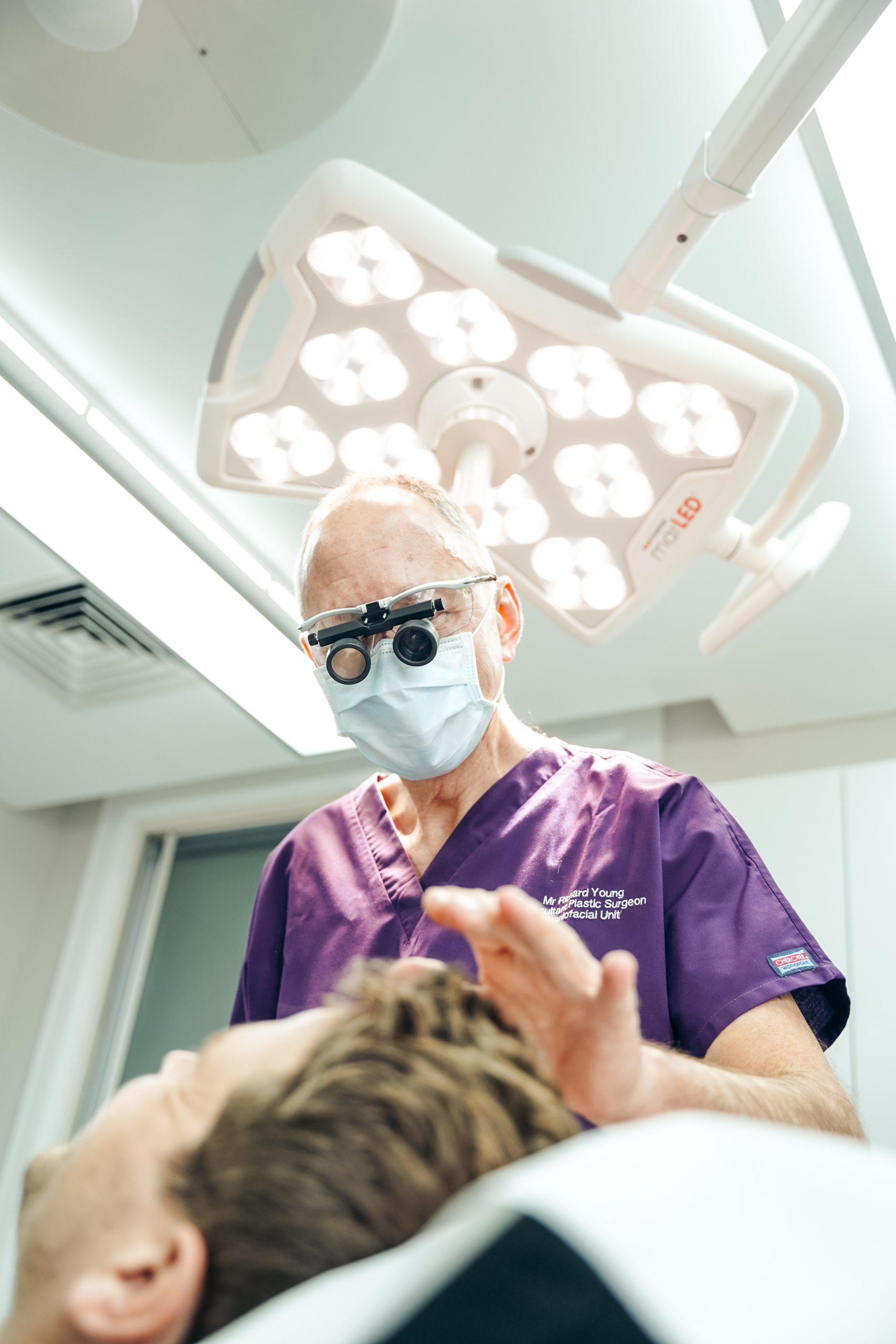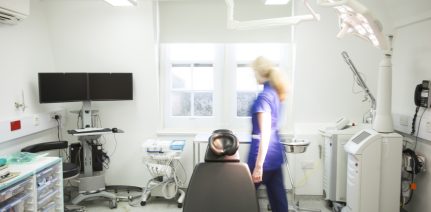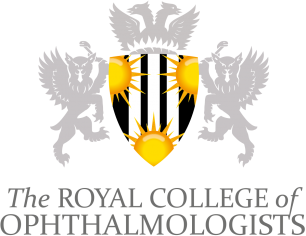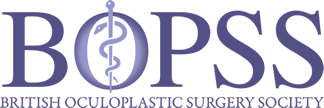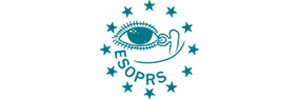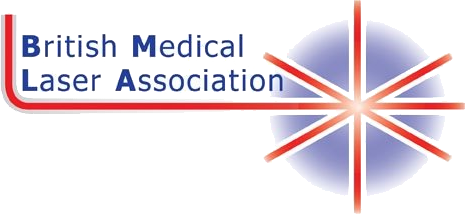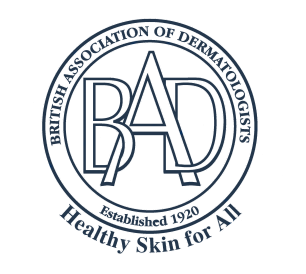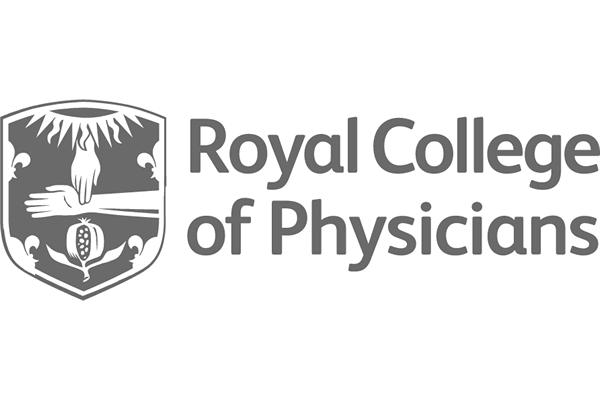What is Fat Transfer for Scars?
Fat transfer, also known as fat grafting for scars, is a surgical procedure used in scar treatments. It involves taking fat from one part of the body, such as the abdomen or thighs, and transferring it to areas affected by scars. The fat is carefully harvested using liposuction techniques, processed to remove impurities, and then injected into the scarred areas.
Fat transfer for scars is a versatile treatment option and can be used for various types of scars. It is effective for scars caused by:
- burns
- injuries
- chickenpox
- acne
- sun exposure
- radiation exposure
Whether the scars (or parts of them) are raised, indented, or have irregular contours, fat transfer can help restore a more natural and aesthetically pleasing appearance.



